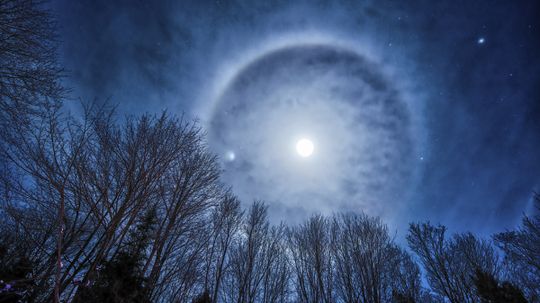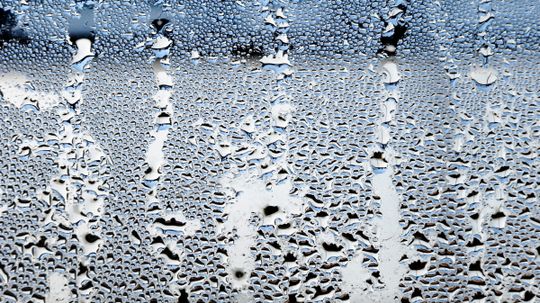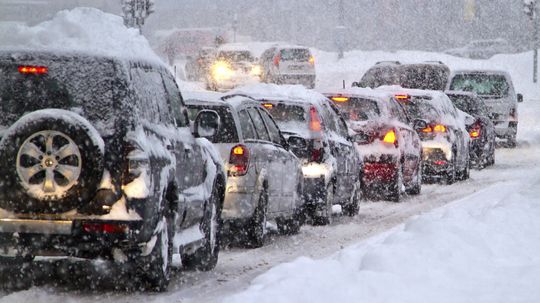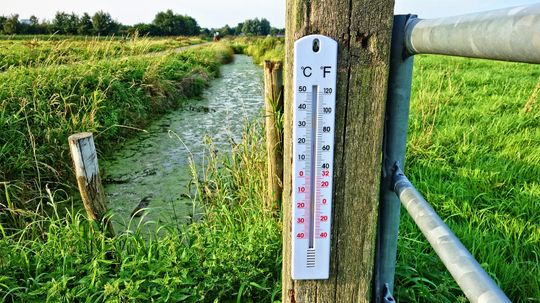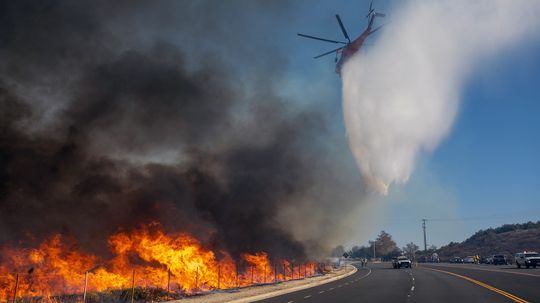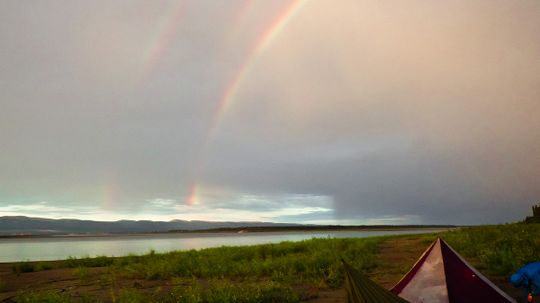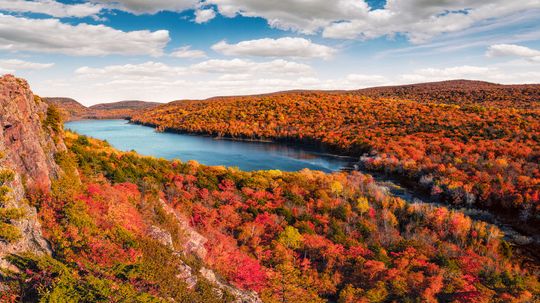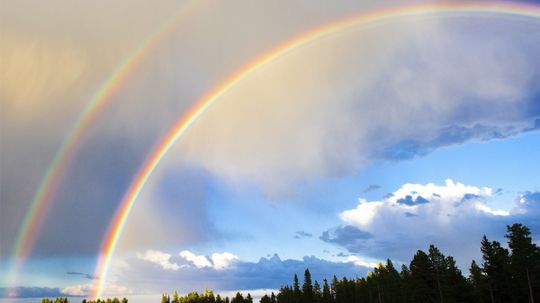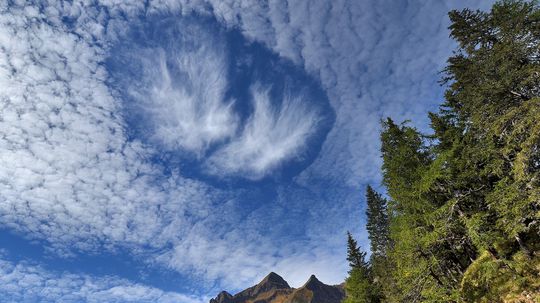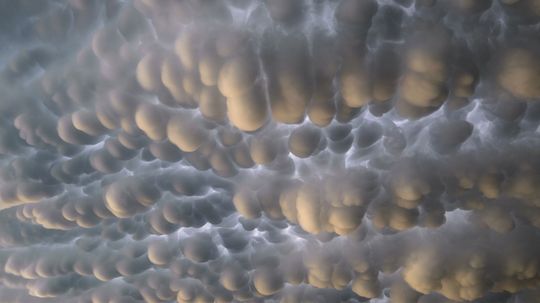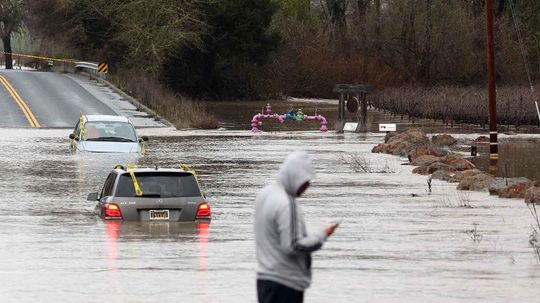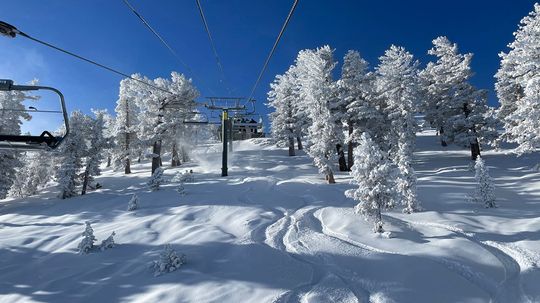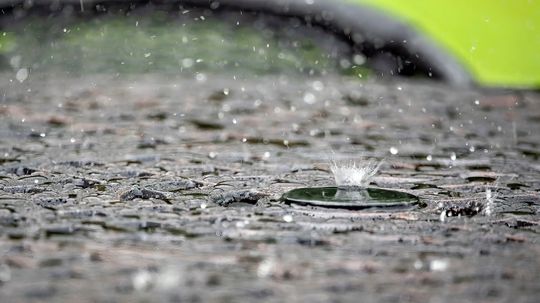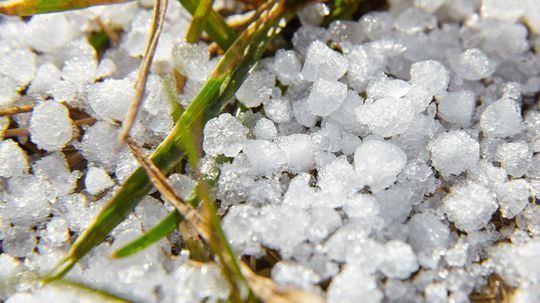Atmospheric Science
The atmosphere is the key to life on Earth. This thin layer is what protects us from the hostile environment of space. Here you can learn all about the atmospheric sciences.

How Is Barometric Pressure Measured and Why?
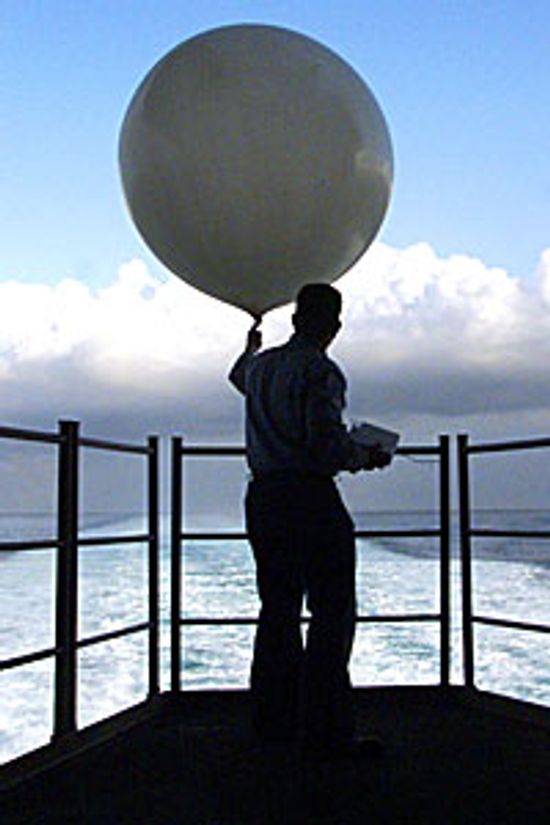
How a Weather Balloon Works?

How the Tornado Intercept Vehicle Works

10 States With the Best Weather Year-round

Find the Best Weather in the U.S. in These 8 Cities

Can China control the weather?
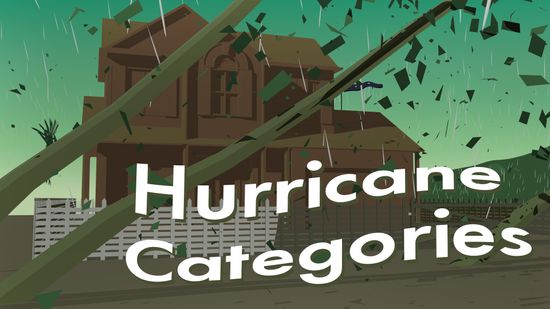
HowStuffWorks Illustrated: Hurricane Categories
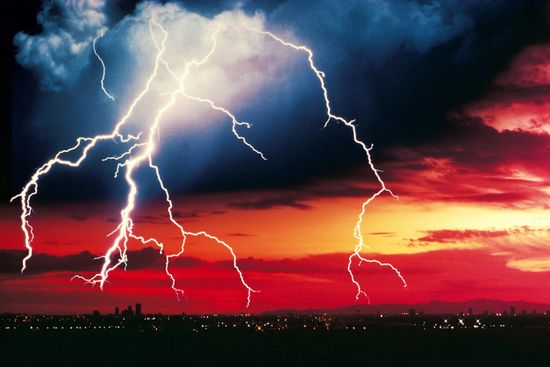
10 Myths About Lightning
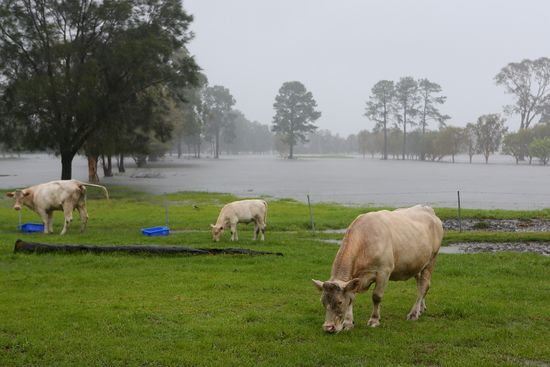
10 Ways Animals Supposedly Predict the Weather
Learn More / Page 3
We humans have figured out a lot of strange ways to measure the weather. A cricket's chirps can tell us the temperature. The open scales on a pinecone signal a dry spell. But can a ring around the moon really predict rainy days ahead?
It sure would be handy to know what the weather is going to be like for the next year. Unfortunately, there's just one problem: Weather is notoriously difficult to predict. So is the Farmers' Almanac accurate, or is it just blowing hot air?
If humid air is just air plus water, then it has to be heavier than dry air, right? Sure, if it was only a matter of simple addition, but molecular physics is a lot like a bouncer at a club: Nothing gets in unless something else goes out.
Advertisement
Your grandfather may swear that he can feel the onset of a harsh winter in his bones - and your family may swear it's true - but a lot of us would prefer a more scientific method for predicting what the winter may have in store for us.
While most of the rest of the world has switched to Celsius, the U.S. continues to use the Fahrenheit temperature scale, apparently out of simple inertia.
These annual winds blow during Southern California's dangerous dry season, whipping up wildfires that can ravage thousands of acres.
By John Donovan
If the legend is true, at the end of every rainbow is a pot of gold. Does that mean if triple rainbows exist, you'll find three pots of gold?
Advertisement
One of the best things about autumn is watching the leaves change color to fiery hues of red, gold and orange. Some say a rainy summer leads to an extra-vivid leaf show. Is that true?
A double rainbow, man! Just the sight of one can send us babbling into happiness. And why not? Rainbows are beautiful. And two rainbows at the same time? Even better. But just how rare are these colorful arcs?
They're an odd enough sight in the sky to make you do a double take. Ready for the "super cool" explanation behind hole-punch clouds?
Mammatus clouds, which are made from falling air instead of rising air, are one of the most spectacular cloud formations you'll ever see.
Advertisement
California has experienced unprecedented rain lately, but the state is still in a drought. So why can't the rain falling now be saved for later?
Bluebirds symbolize optimism, happiness and hope for the future. For skiers, a "bluebird day" bodes well for a great day on the slopes, but hunters and anglers may as well stay home.
A geomagnetic storm could cause a spectacular aurora borealis Aug. 18 and 19 over parts of the continental United States, as far south as Illinois.
By Sarah Gleim
There's often a strong, quite pleasant, smell right after a rain shower. What accounts for petrichor, the 'smell of rain'?
Advertisement
Not to be confused with sleet, graupel is actually an interesting mix of snow and ice. But it's not hail. Graupel, get to know it.
